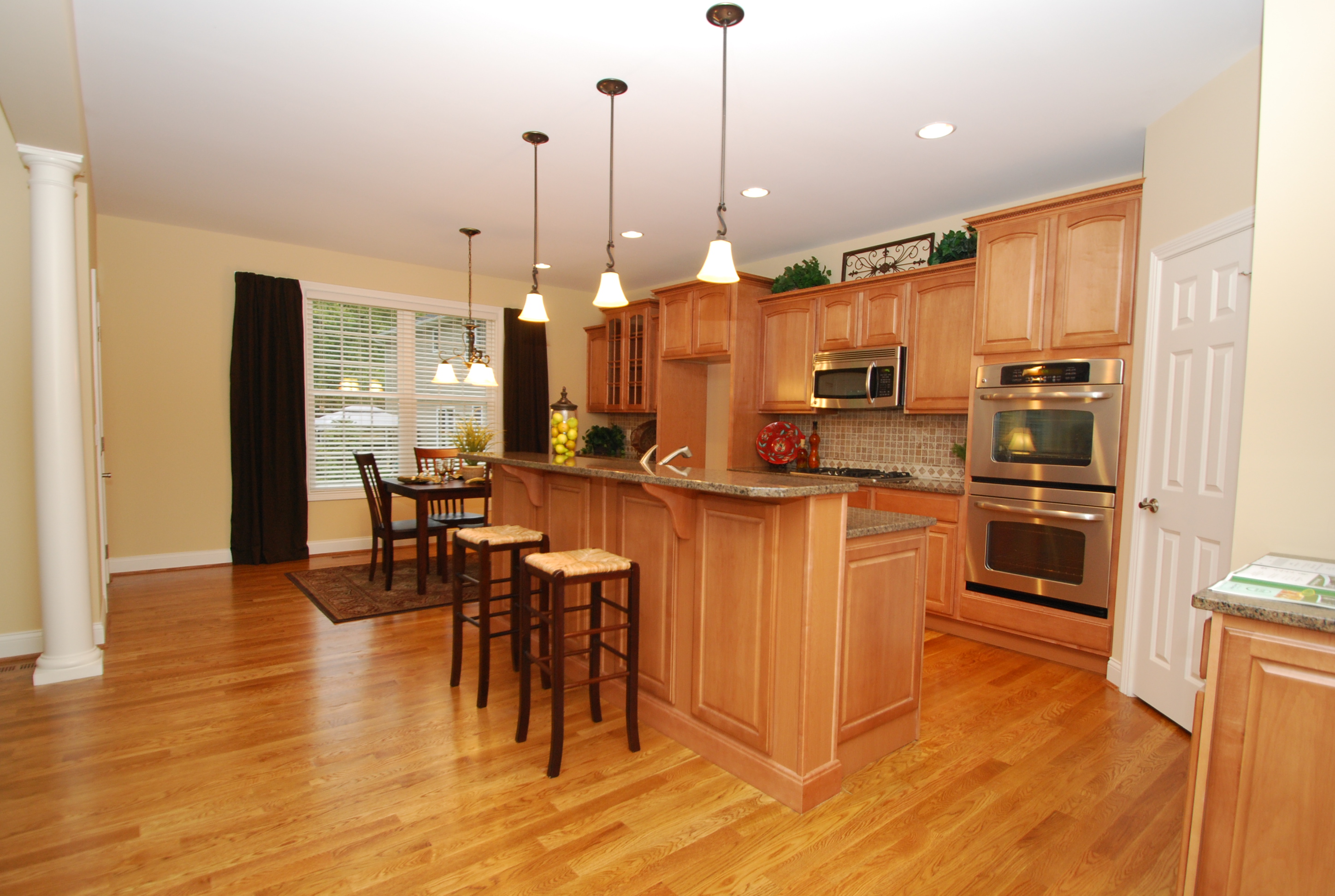LEED Stands For Leadership In Energy & Environmental Design.
LEED is transforming the way we think about how buildings and communities are designed, constructed, maintained and operated across the globe.
LEED certified buildings save money and resources and have a positive impact on the health of occupants, while promoting renewable, clean energy.
LEED, or Leadership in Energy & Environmental Design, is a green building certification program that recognizes best-in-class building strategies and practices. To receive LEED certification, building projects satisfy prerequisites and earn points to achieve different levels of certification. Prerequisites and credits differ for each rating system, and teams choose the best fit for their project.
